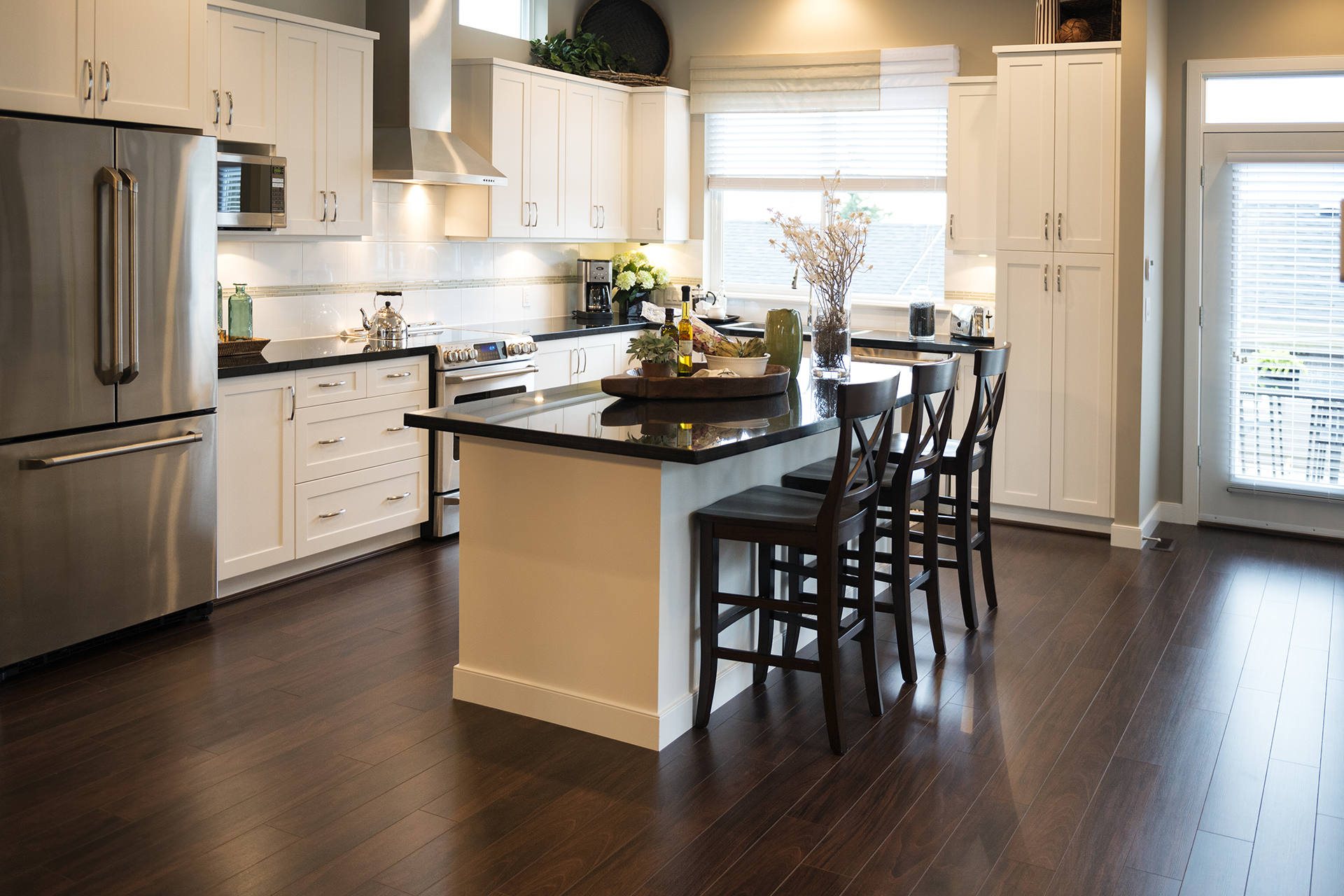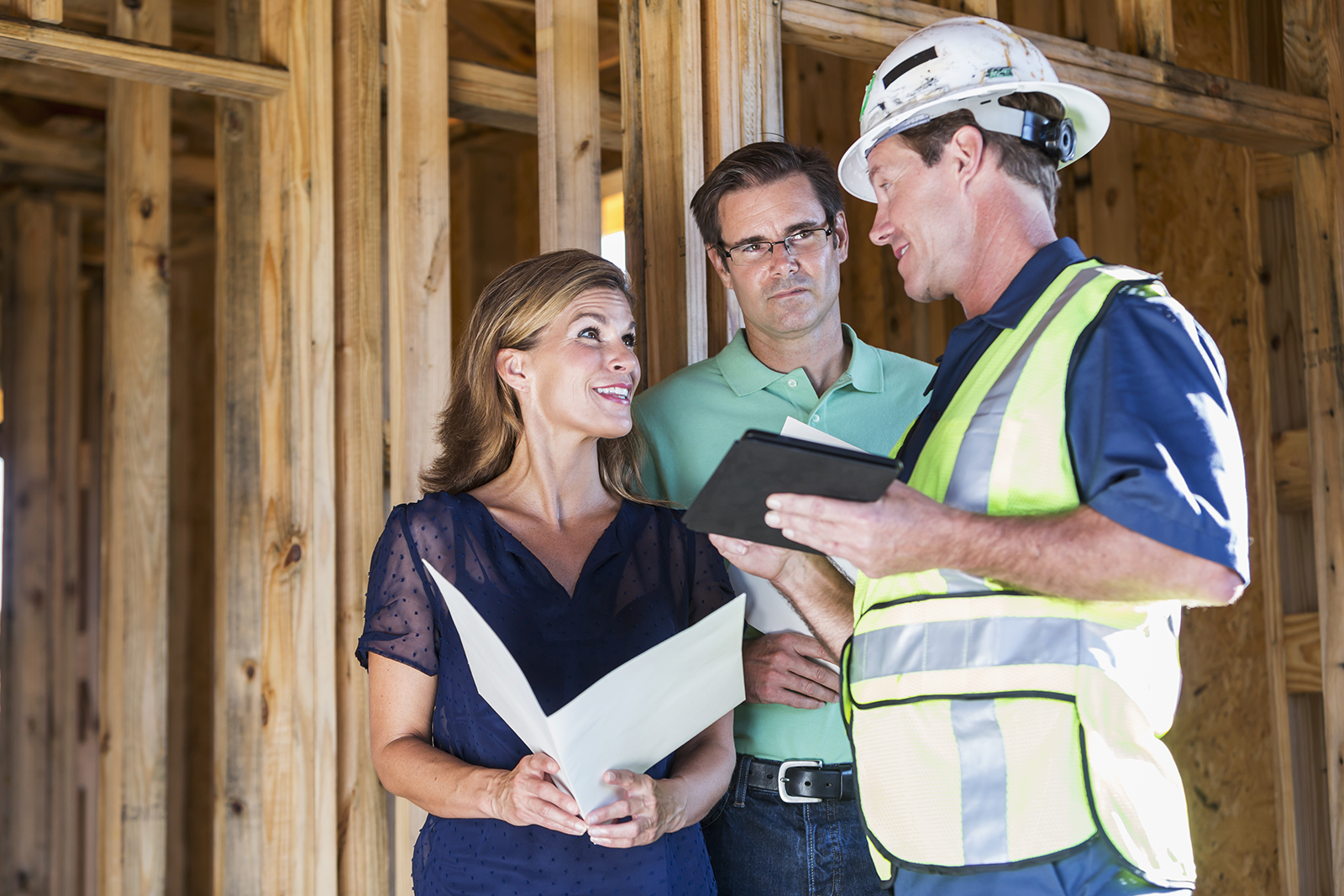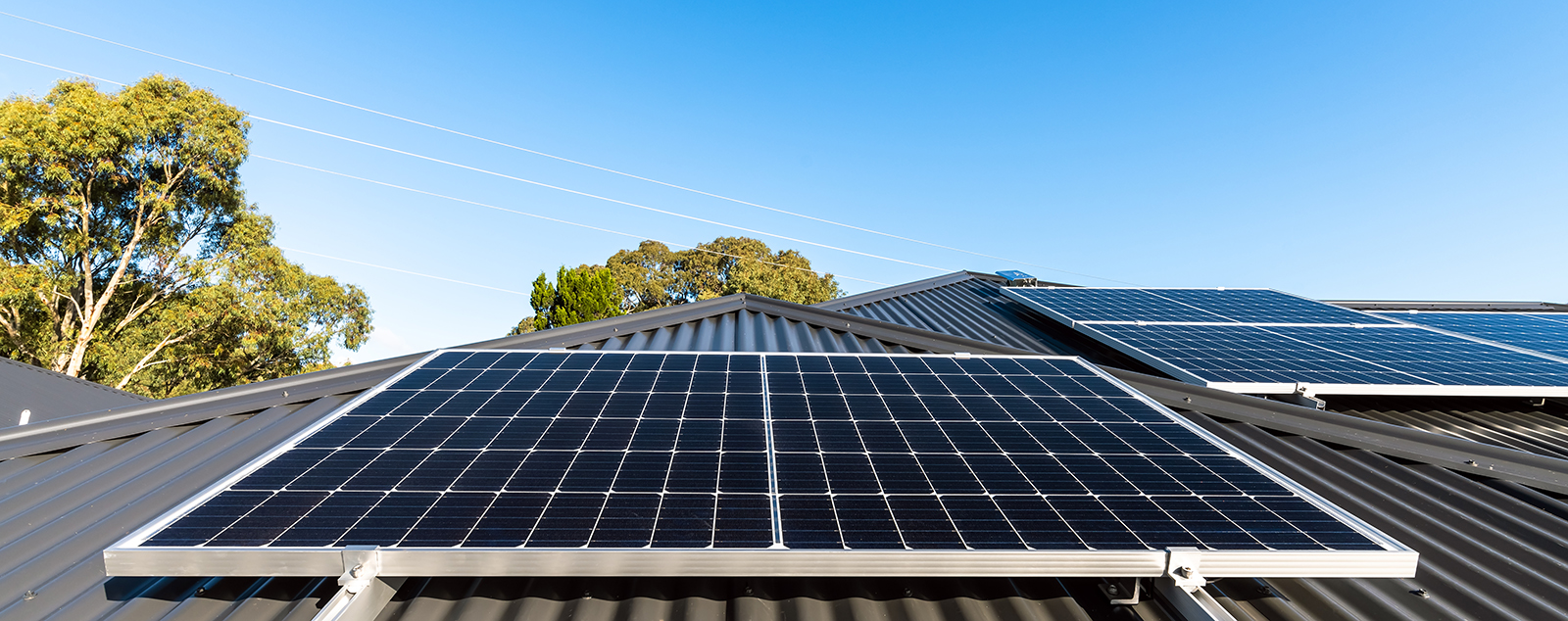
2020 Innovations: Expanded the market for all-electric homes in cold climates
Climate change didn’t slow down while we were dealing with a pandemic. At Slipstream, we're proud to share our 2020 Innovations that helped clean-energy equity move forward.
Beneficial electrification is one of the keys to a clean energy future, and small residential buildings represent one of the biggest opportunities to build new, all-electric properties. But there are a lot of challenges to building more electric homes, not least of which is a major concern in the Midwest: in cold climates, can technologies such as heat pumps lead to comfortable, cost-effective homes?
Working with a major Midwestern utility, Slipstream launched a pilot to inspire the construction of all-electric homes in a notoriously cold climate. In the process, we demonstrated that it’s not only possible to build high-performance homes in colder climates, but also that all-electric homes can serve as a scalable approach to widespread electrification.
In designing a pilot to expand the market for all-electric homes, we focused on four major goals.
1. Break down barriers to heat pump adoption
Particularly in cold climates, the current market faces lots of uncertainly around air source heat pumps (ASHP). Builders and HVAC installers tend to believe typical myths around ASHP performance. To dispel those myths and break through the barriers to adoption, we built relationships with manufacturers—the ultimate experts of the equipment—to help provide more accurate information and facilitate conversations between builders and HVAC installers.
For 2021, we have expanded our collaborative efforts to include home energy raters and manufacturers of heat pump water heaters. By building a network of trust among all the parties, we can provide better technical information, expand the availability of heat pump equipment, and grow the number of trusted, qualified raters and installers.
2. Position builders as leaders of innovation
Builders and installers are the front-line warriors for the expansion of electric homes, so we empowered them to lead the charge. By raising builders’ awareness on high-performance, all-electric homes, we made them the leaders in addressing homeowner demands around technology, indoor comfort, energy savings, and smart-home integration.

3. Raise the visibility of net-zero-ready homes
High-performance, all-electric homes are already more efficient, each representing a targeted savings of 4,000 to 7,500 kWh, depending on dwelling type. In addition to the energy savings, homeowners and builders could adopt additional measures to further reduce carbon consumption, putting the home on a path toward net zero.
To drive energy savings, each home required:
- A high-quality tight envelope for better insulation
- Heat pumps (ground or air source) as a primary heating method
- ENERGY STAR® appliances
- A heat pump water heater, which slashes consumption for water heating
In addition, builders could offer:
- Induction cooking
- Electric vehicle (EV) charging stations
- Energy storage
- A private solar energy system
In many builders’ experience, the private solar energy system is a significant value-add to their customers, who enjoy the ability to offset energy consumption and receive credits when the homes produce more energy than they use.
By putting more of these technologies into more and more homes, we can raise the profile of efficient technologies and, hopefully, inspire new all-electric homes to spring up around the block. After all, every new solar panel on a rooftop is a chance to get the neighbors talking about energy efficiency.
4. Build market capacity for all-electric homes
Ultimately, the goal of any energy initiative is real, tangible results. In 2020, the program led to the construction of 11 high performance all-electric homes, eight of which included the solar option. So far in 2021, we have about 26 projects lined up—double the impact in Year Two.
Along with putting more families in energy efficient homes, the pilot presented an opportunity to drive decarbonization with beneficial electrification technologies. By replacing traditional gas appliances with alternatives such as heat pump water heaters, pilots like this one brings us ever closer to a clean energy future.

Further Challenges
Pilots can pave the way for more high-performance, efficient homes in our housing stock, but there are still lots of challenges before us. While homeowners can expect to save on energy costs in the long run, the high upfront costs of equipment and installation make widespread adoption difficult without assistance from utility programs or financing. And while we continue to bolster builders and contractors as champions of energy efficient technology, we have a ways to go before reaching the market saturation that makes these technologies more affordable to more potential homeowners.
Still, Slipstream continues to look for new ways to transform our buildings. Every new family in a new, comfortable, efficient home brings us one step closer to solving our biggest challenges.
Read more about Slipstream's 2020 Innovations or subscribe to our newsletter, The Accelerator.